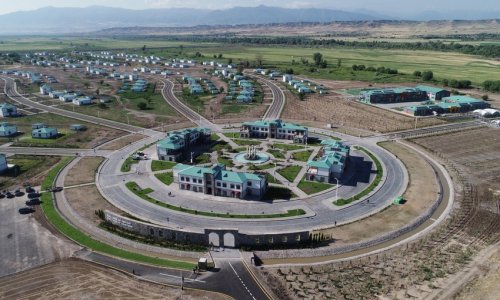(EIU) - The current-account surplus stood at US$12.3bn in 2013, down from almost US$15bn in 2012, according to the latest data from the Central Bank of Azerbaijan (CBA).
The trade surplus stood at US$20.6bn in 2013, down moderately from US$22.2bn in 2012. Exports remained fairly stable, at US$31.8bn in 2013, compared with US$32.4bn a year earlier.
Exports from the oil sector were still the most important driver of the current-account surplus in 2013. In keeping with a long-running trend, energy exports were the most significant component of total exports, accounting for 94.4% of the total earnings. Oil production rose by 0.2% in 2013, the first time that an increase has been recorded in three years.
Meanwhile, imports stood at US$11.2bn, up by 9.5% from a year earlier.
Imports of consumer goods rose moderately, to US$4.5bn, from US$4.4bn a year earlier, reflecting a slight acceleration in in domestic demand. Over the five-year forecast period, the trade surplus is expected to decline, owing to lower global oil prices and a gradual drop in oil output.
The services deficit expanded significantly in 2013, to US$4.2bn,from US$2.9bn a year earlier. The deficit for services related to the oil and gas sector grew by almost US$500m. Further widening of the deficit is expected over the forecast period owing to an increased demand for imported services for the energy sector as preparations for the coming on stream of Shah Deniz pick up.
Indicating the need for further diversification of the economy, the oil and gas sector accounted for 82.4% of total foreign direct investment (FDI) of US$6.3bn in 2013. Investments were primarily focused on the Shah Deniz gas field and the Azeri-Chirag-Guneshli field, according to the CBA. FDI inflows will rise over the forecast period as investment in the energy sector continues.
ANN.Az











